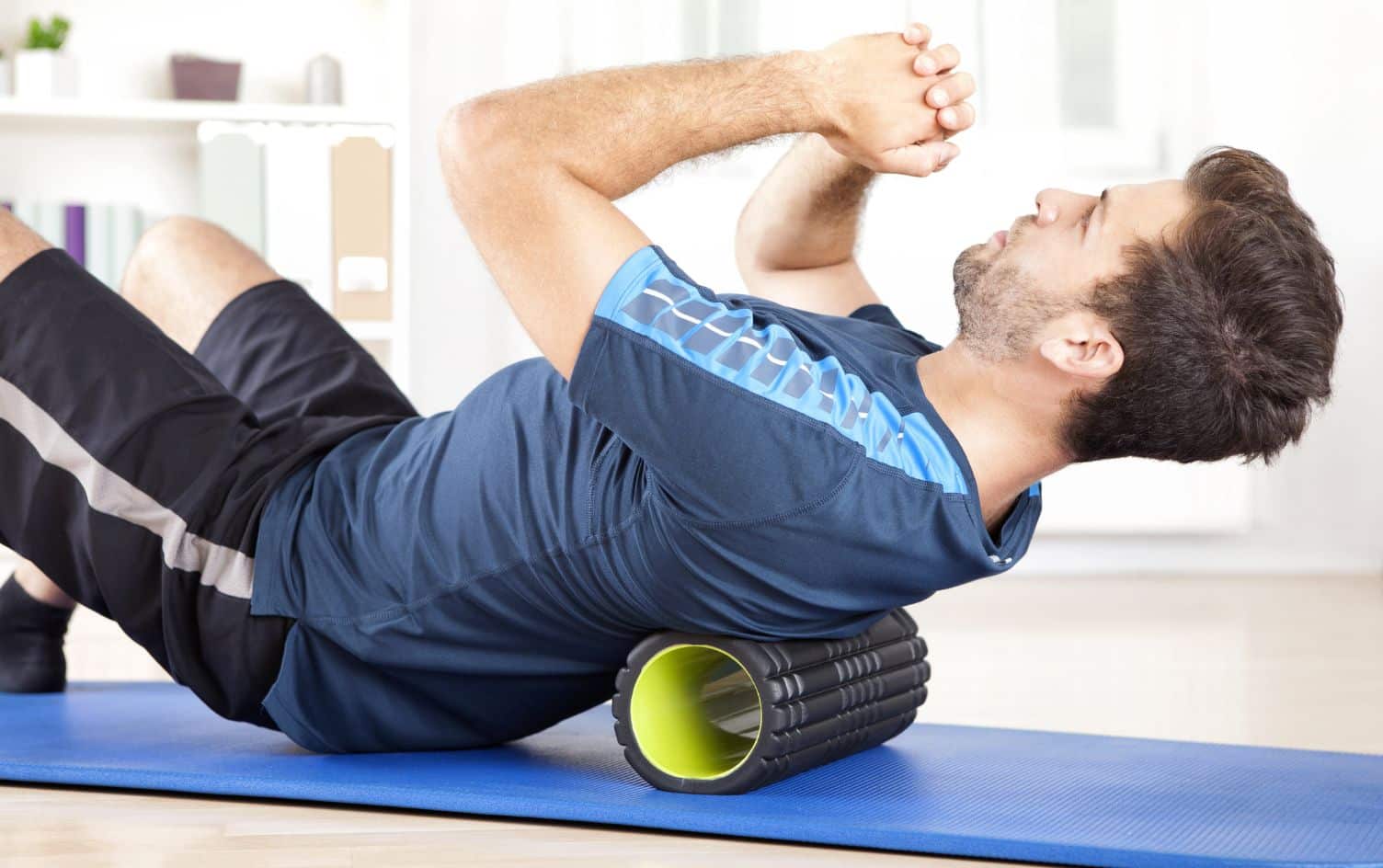If a workout or new fitness activity leaves you with that it-hurts-to-move feeling, take heart: Muscle aches after a workout — known as delayed onset muscle soreness — are common between 24–48 hours after an intense workout. However, just because they’re common doesn’t mean they’re well understood.
“I’d be rich if I could explain why your muscles ache after a workout,” quips Ryan Balmes, DPT, founder of ENDVR Health and spokesperson for the American Physical Therapy Association.
The most common theories surrounding the achiness, according to Balmes, include micro-tears in the muscles or a buildup of lactic acid. Regardless of what causes muscle soreness, here are six strategies to ease the pain.
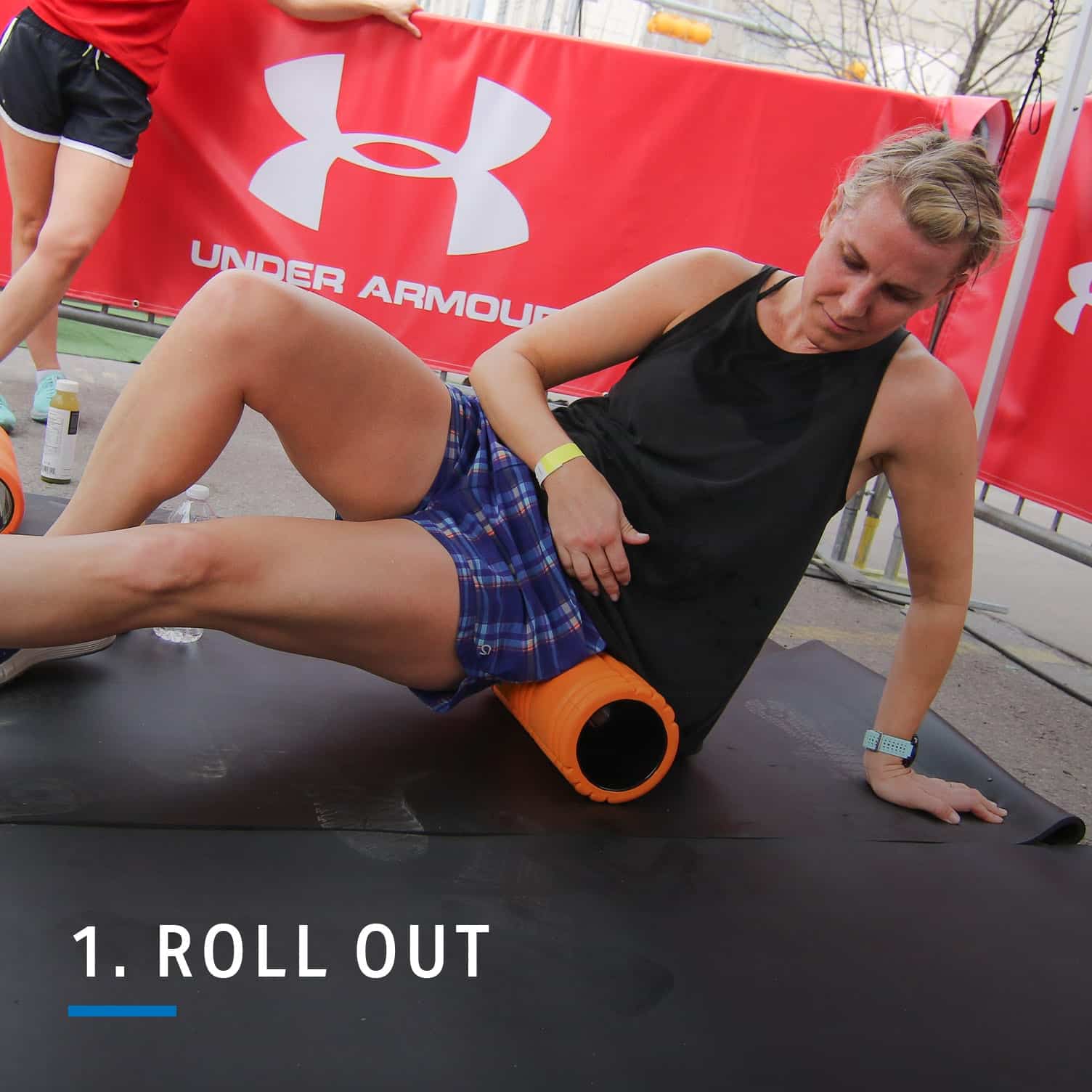
Foam rollers are popular for easing muscle tension for good reason. Research published in the Journal of Athletic Training found using a foam roller, which places pressure on the muscles and breaks up the fibrous tissue that causes tension and pain, substantially improved muscle tenderness after an intense bout of exercise.
“Rolling out helps increase mobility and range of motion,” says Ashley Borden, a Los Angeles-based certified personal trainer. “You’ll feel immediate relief.”
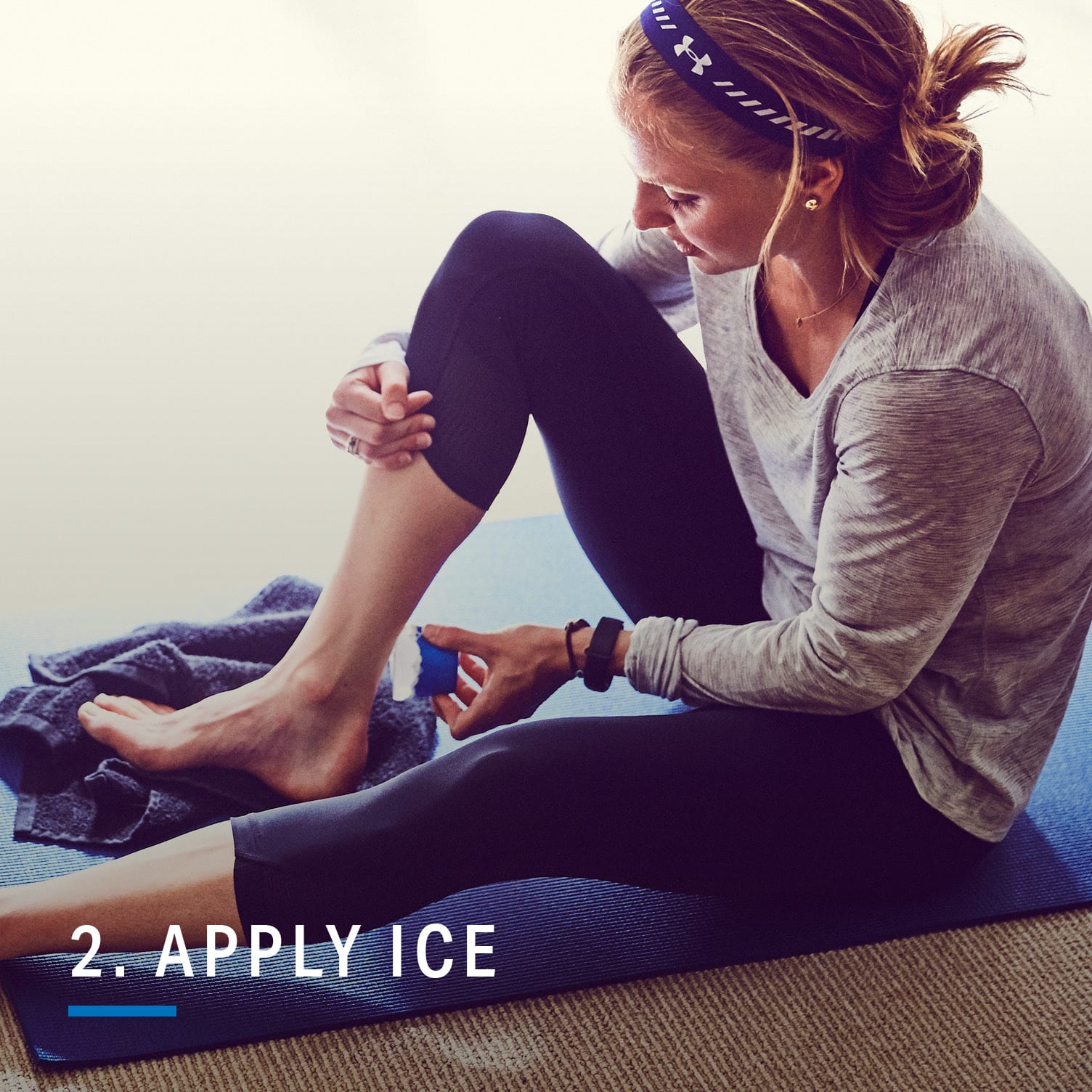
Ice baths aren’t just for elite athletes. Using ice packs to target specific muscles or taking a quick ice bath for all-over muscle aches decreases blood flow to the muscles, reducing inflammation. A 2016 study found cold-water immersion reduced post-training muscle soreness and led to faster perceived recovery times.
For the best results, Balmes suggests applying ice within 48 hours of a workout.
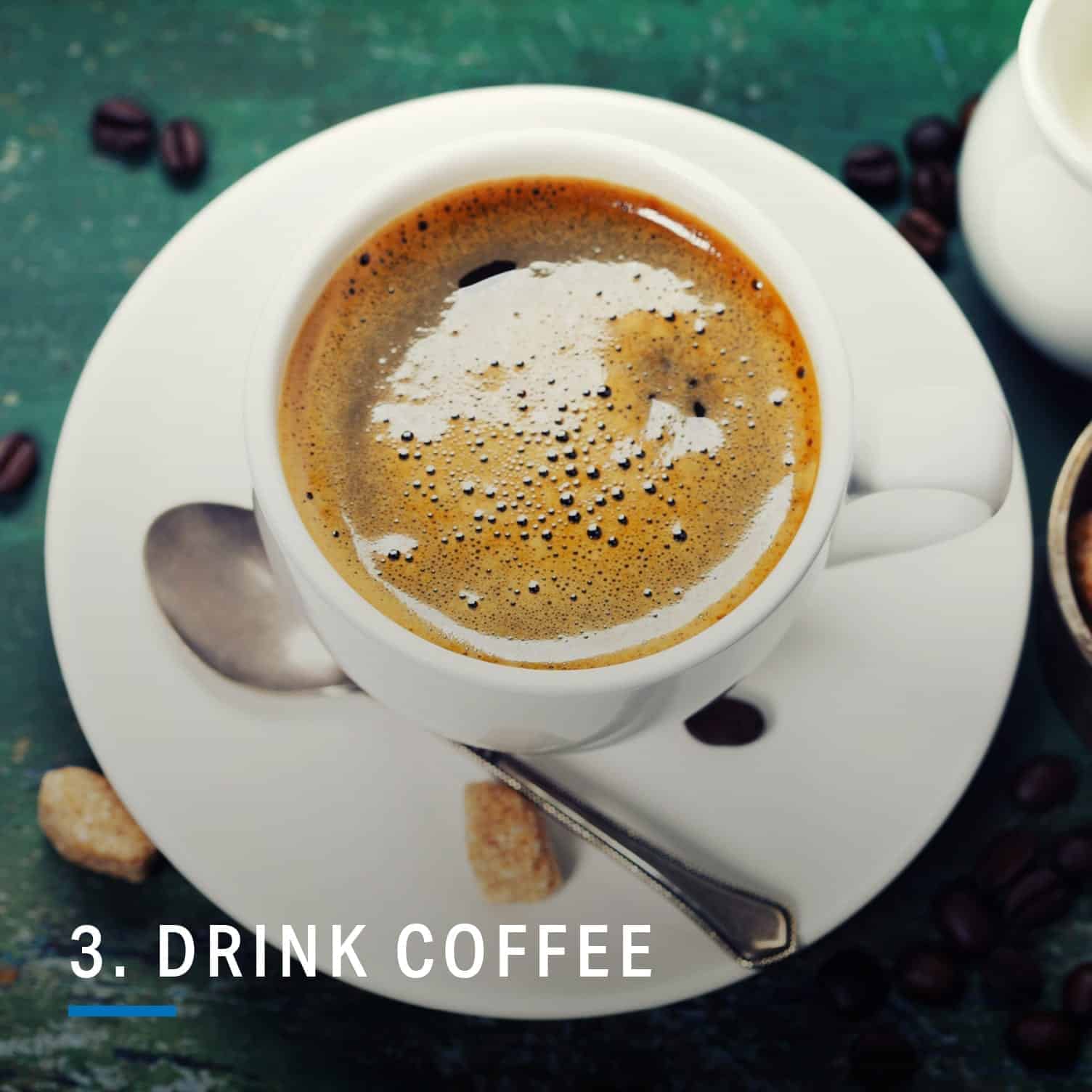
You depend on a morning cup of coffee to provide a jolt of energy before an early morning workout, but the caffeine could also help prevent muscle aches, according to a study published in the Journal of Strength and Conditioning Research. Researchers found those who consumed caffeine before a workout experienced less muscle soreness in the 48–72 hours after their sweat sessions than caffeine-free exercisers.
You don’t need much caffeine to benefit. Research published in the Journal of Pain found drinking 5mg of caffeine per 1kg of body weight (about 3 cups of coffee for a 150-pound person) led to a 48% decrease in delayed onset muscle soreness.
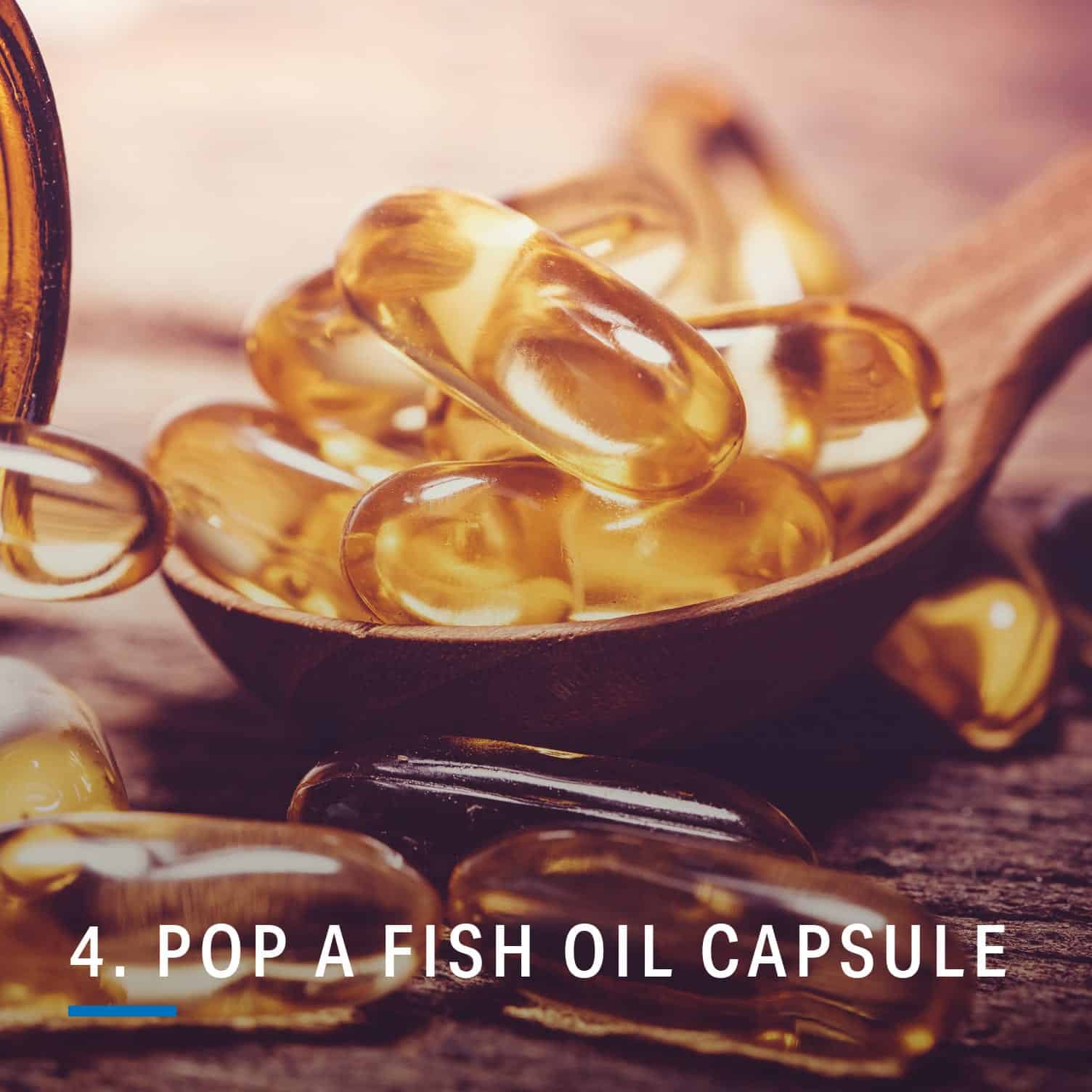
A daily fish oil supplement could prevent achy muscles after strength-training workouts, especially in new exercisers. Research published in the Journal of Dietary Supplements showed women who took a fish oil supplement experienced up to 42% less functional soreness at 48 hours and one week post-workout than women who took a placebo. It’s believed the omega-3 fatty acids help reduce inflammation and speed muscle healing.
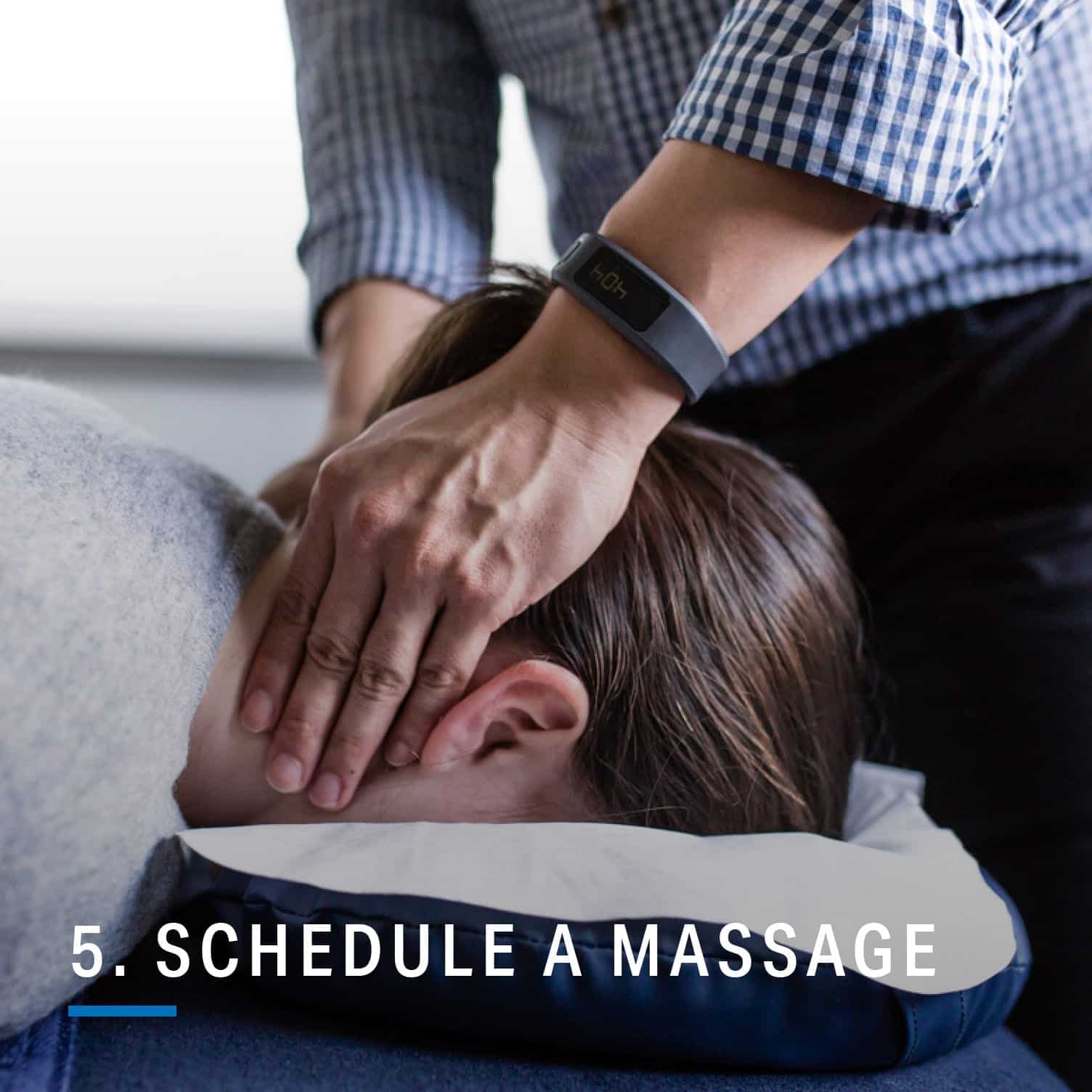
A massage is more than an indulgence; it helps alleviate pain at a cellular level, according to one study. As part of the research, participants had muscle biopsies taken from each leg before riding stationary bikes. One leg was massaged after the ride; muscle biopsies were taken from both legs 10 minutes and 2.5 hours after the massage. The results showed decreases in inflammation and increases in the cellular activity in the massaged legs, leading researchers to suggest massage appears to have similar effects to anti-inflammatory pain medications.
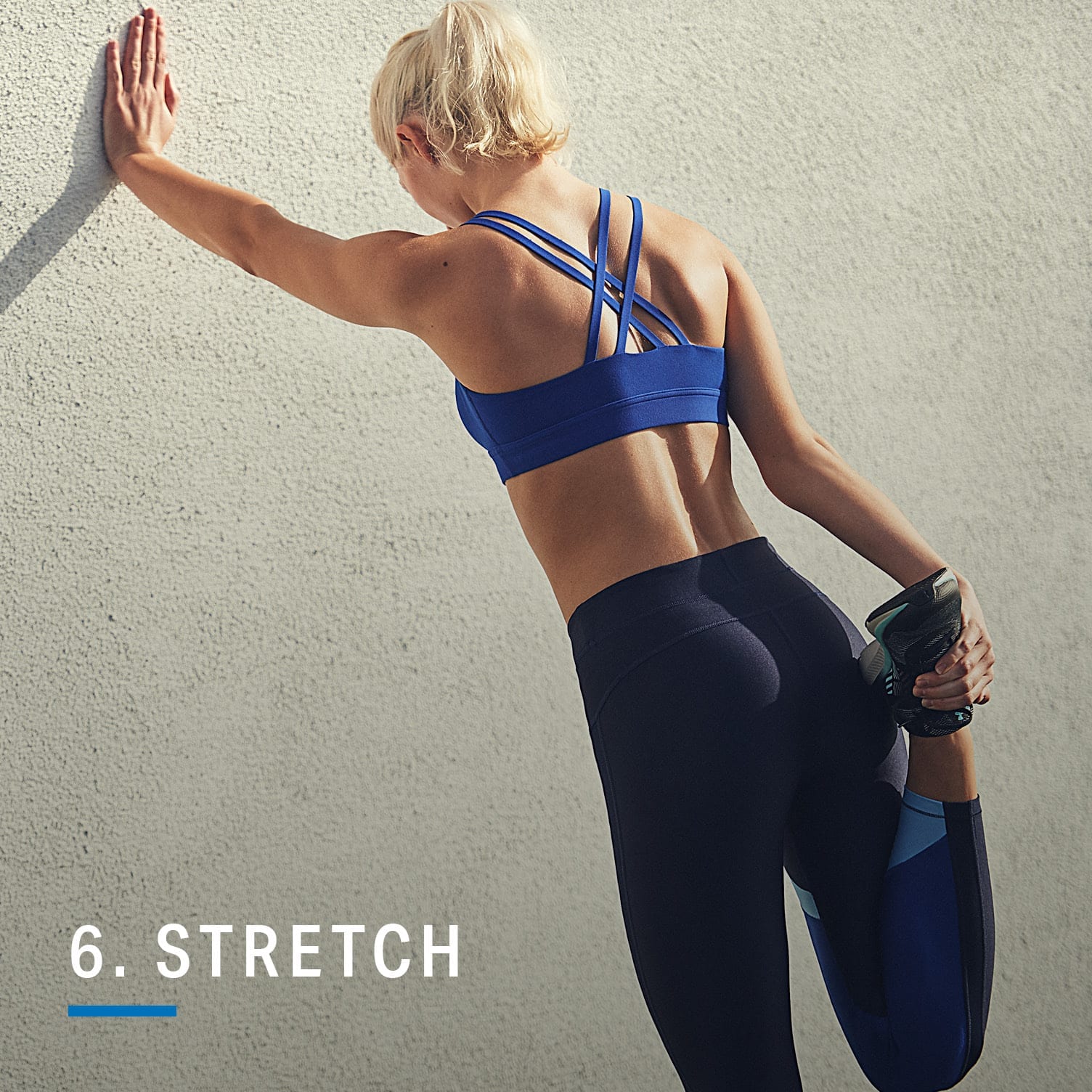
There is limited evidence that stretching alleviates aching muscles. In fact, a Cochrane Review found post-workout stretching reduced soreness just one point on a 100-point scale. But Balmes still advocates stretching, explaining, “It helps relax the body and puts you in a calm state, which can help with the subjective reporting of pain and soreness.”
Since there are no downsides to doing a gentle stretching routine after a workout — and it’s an important part of the cooldown process — it’s worth making the time, even if the relief you feel is subjective and not scientific.
Try these strategies after your next workout to see which are the most effective for alleviating your sore muscles.
